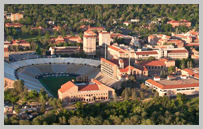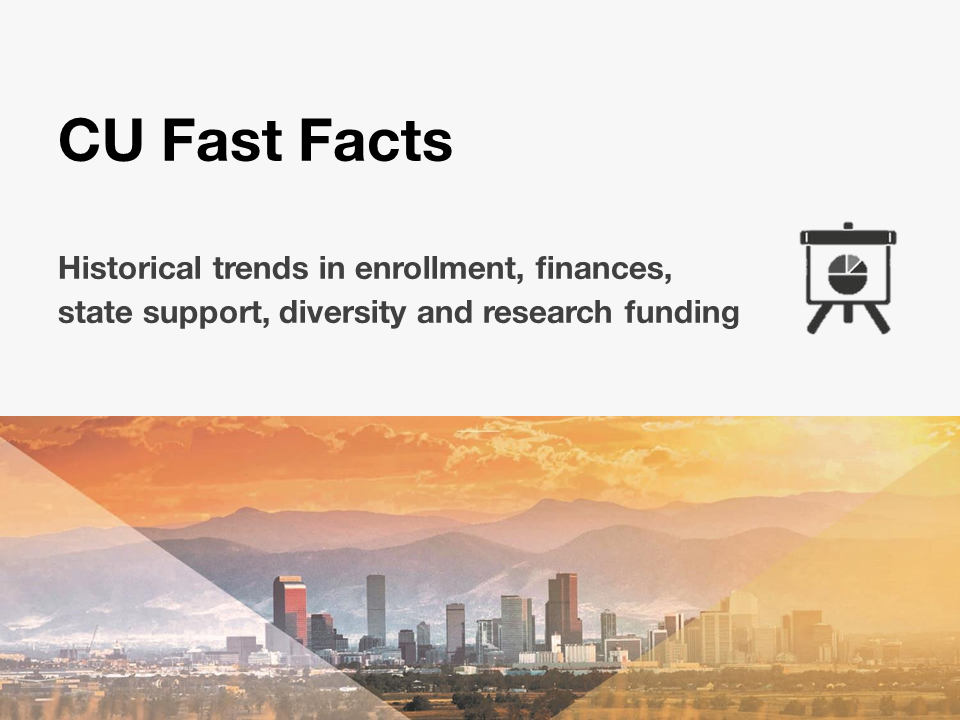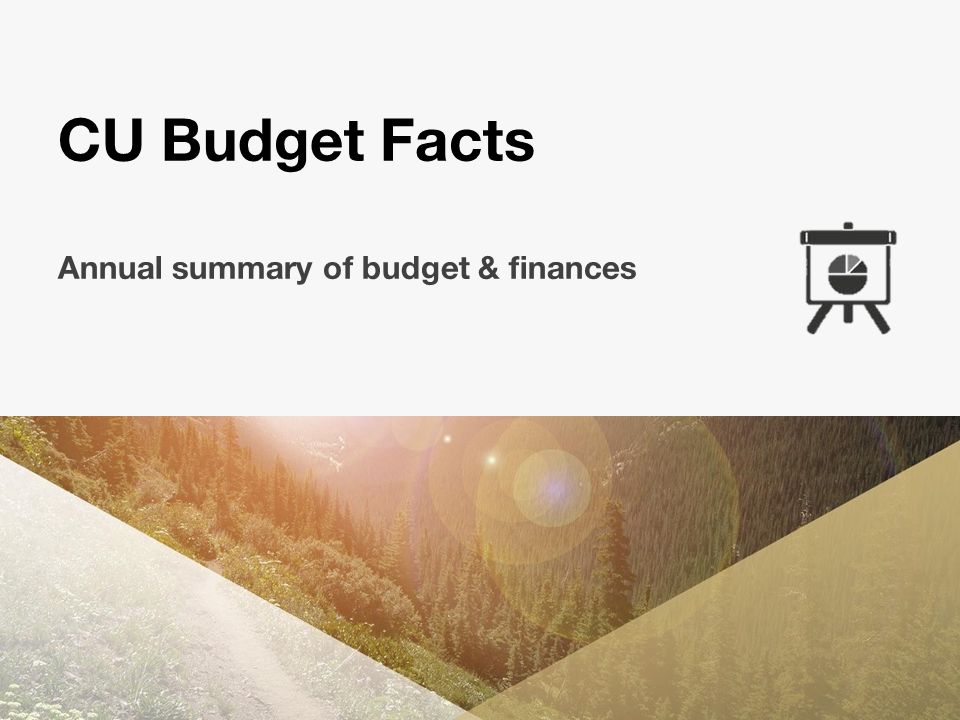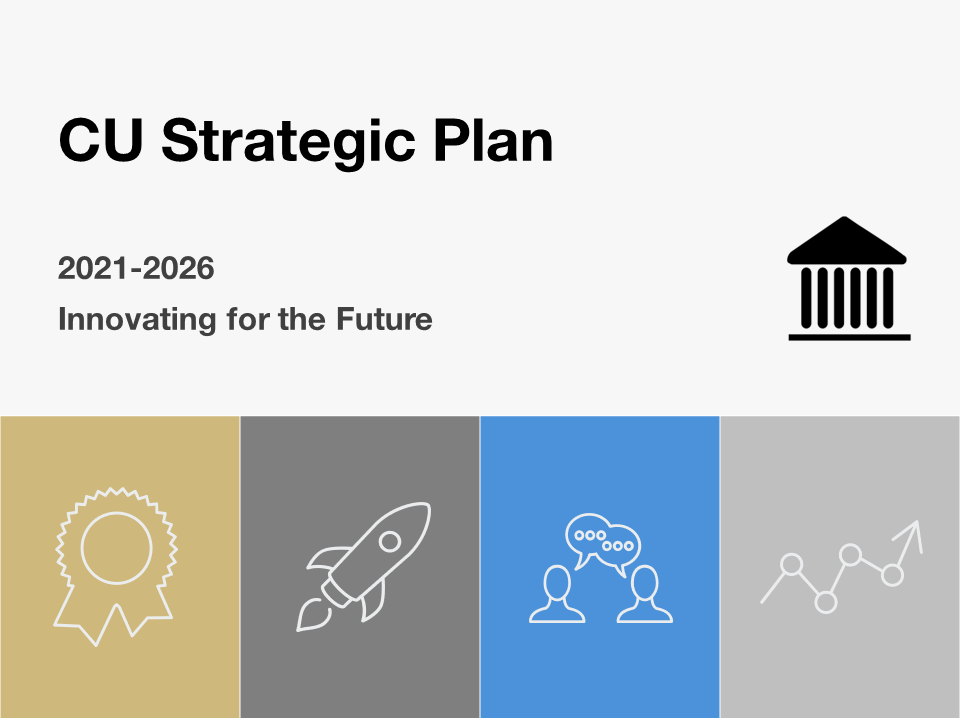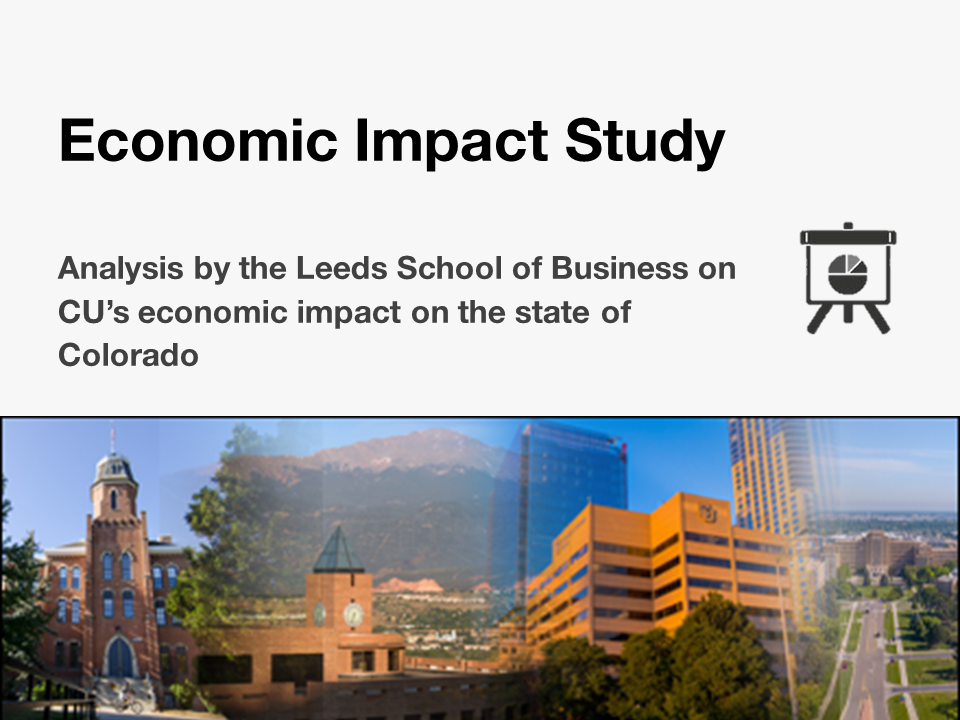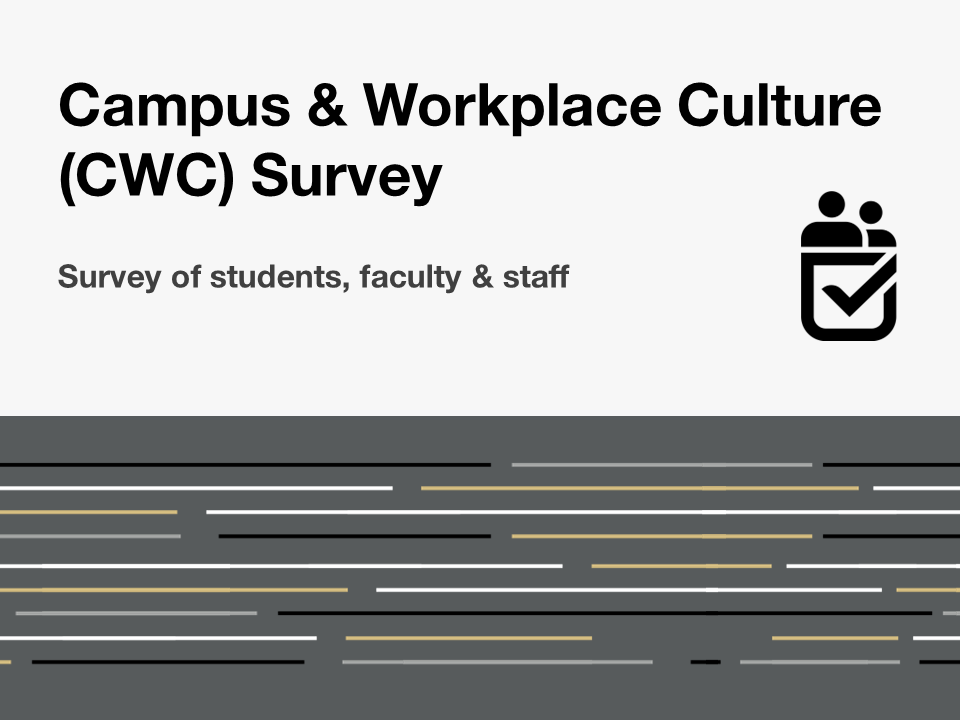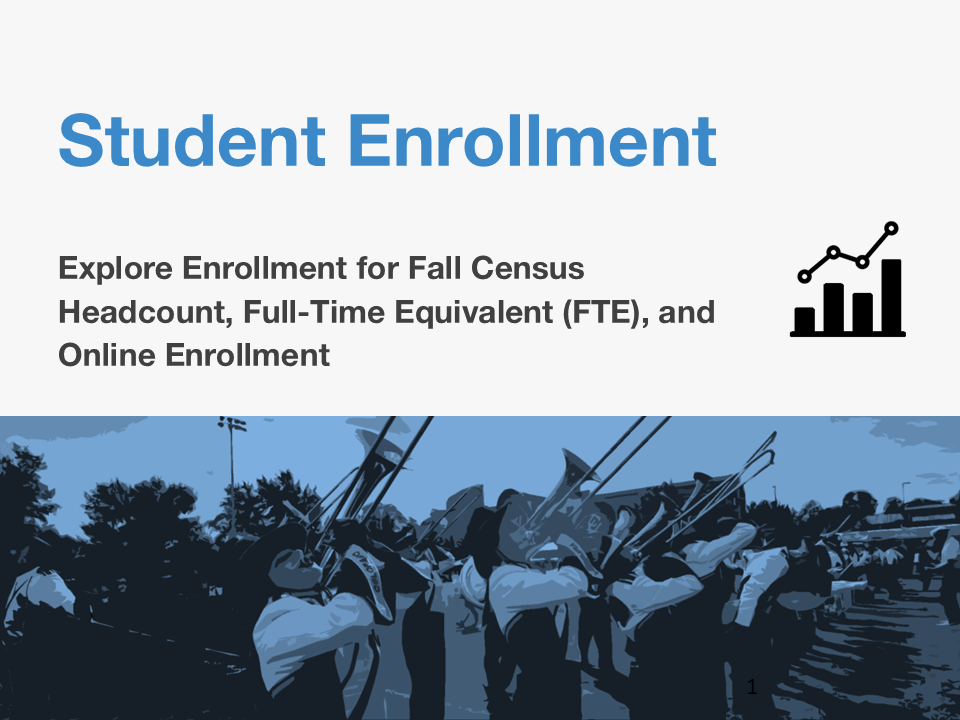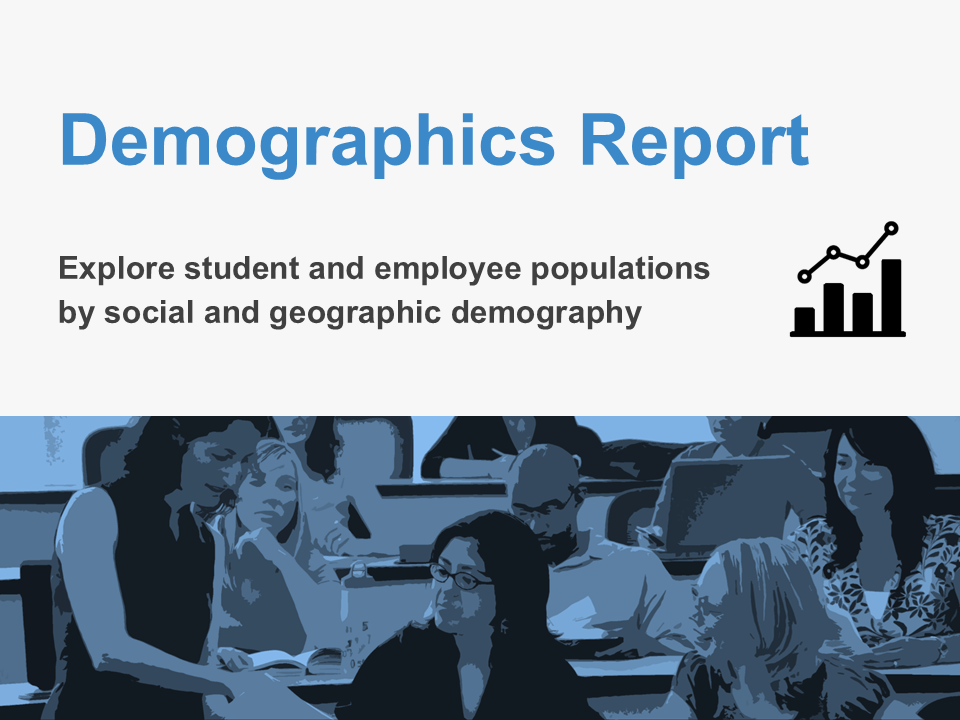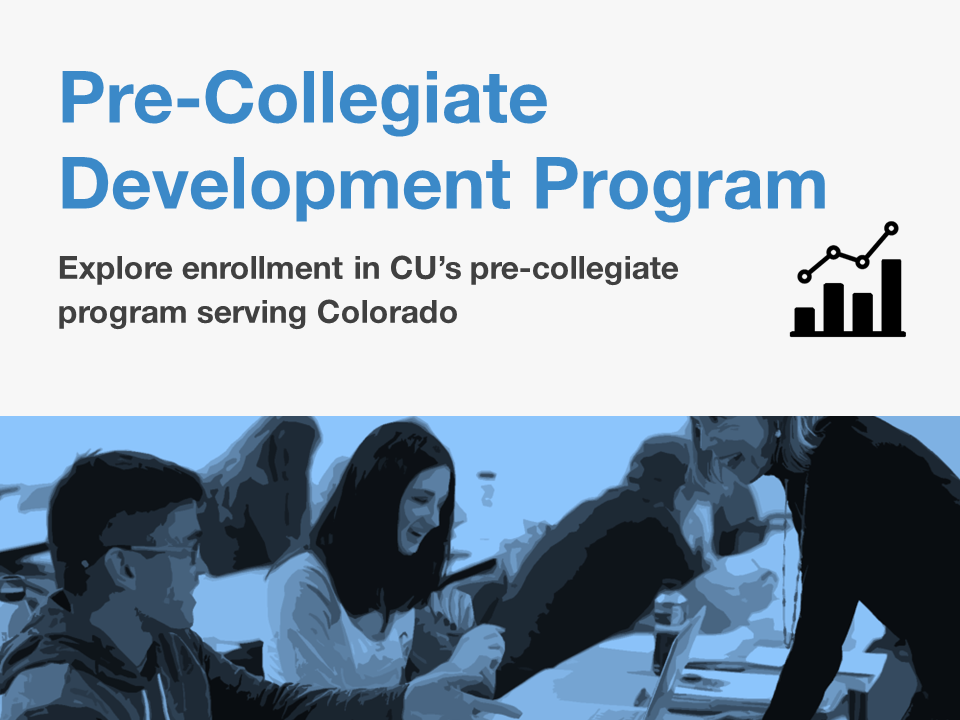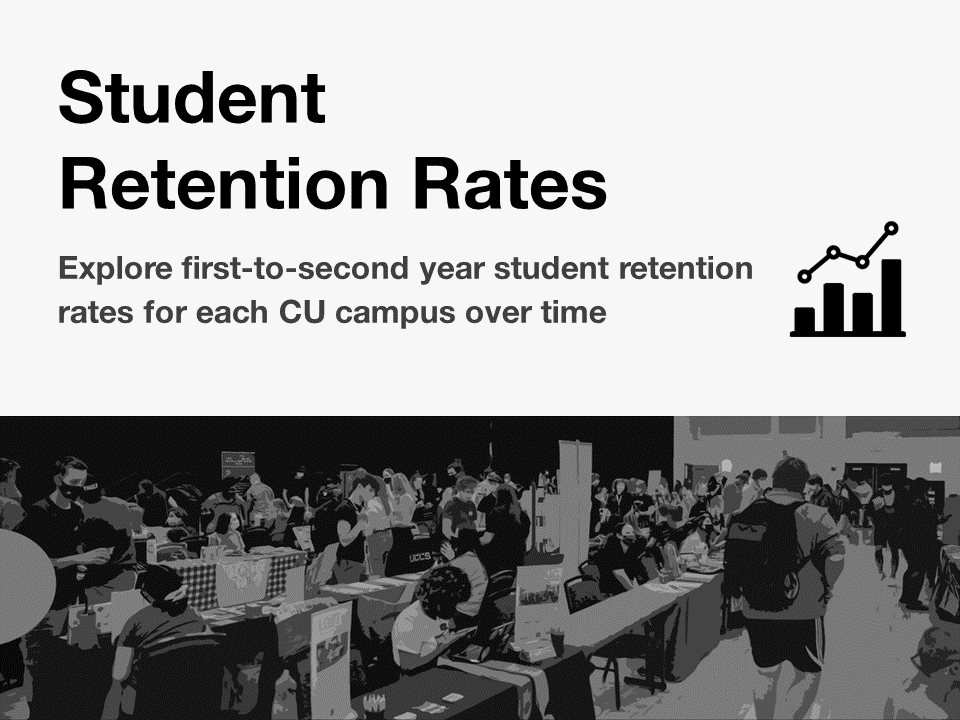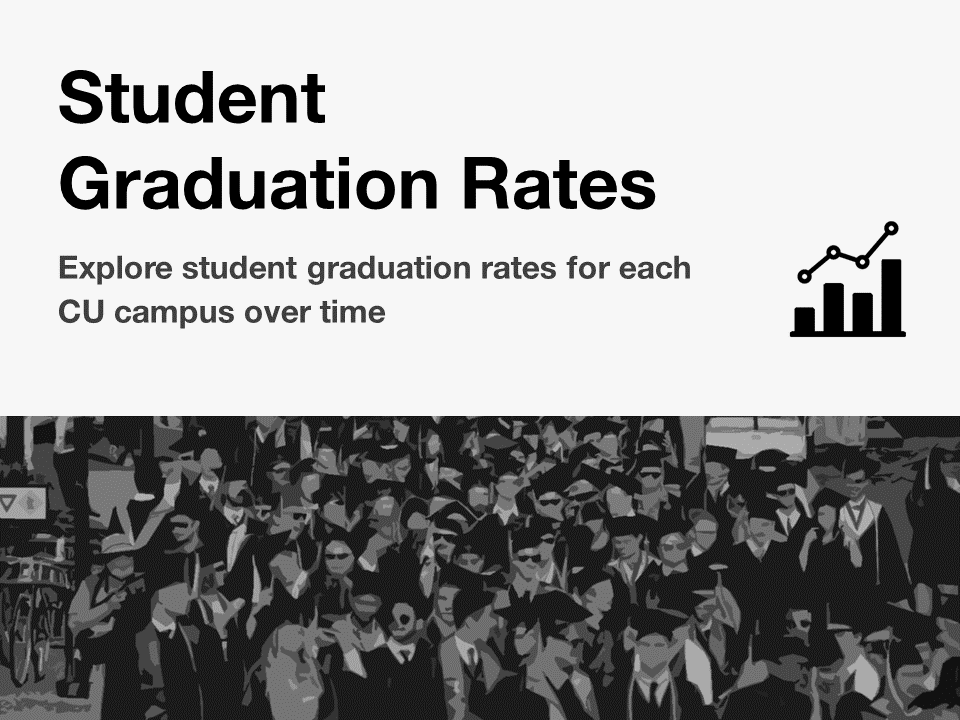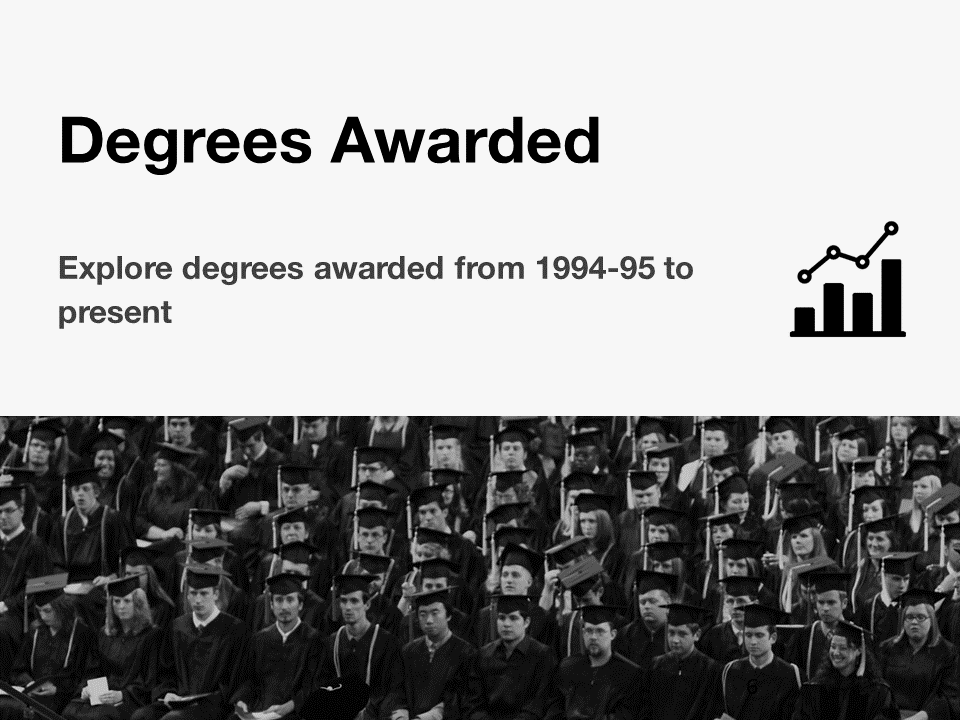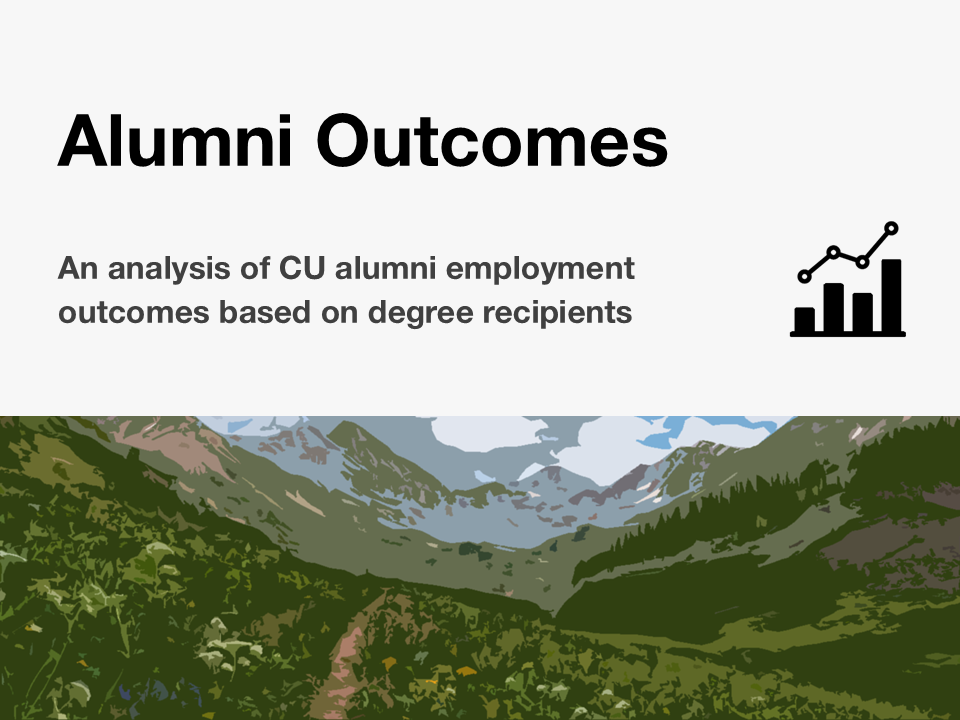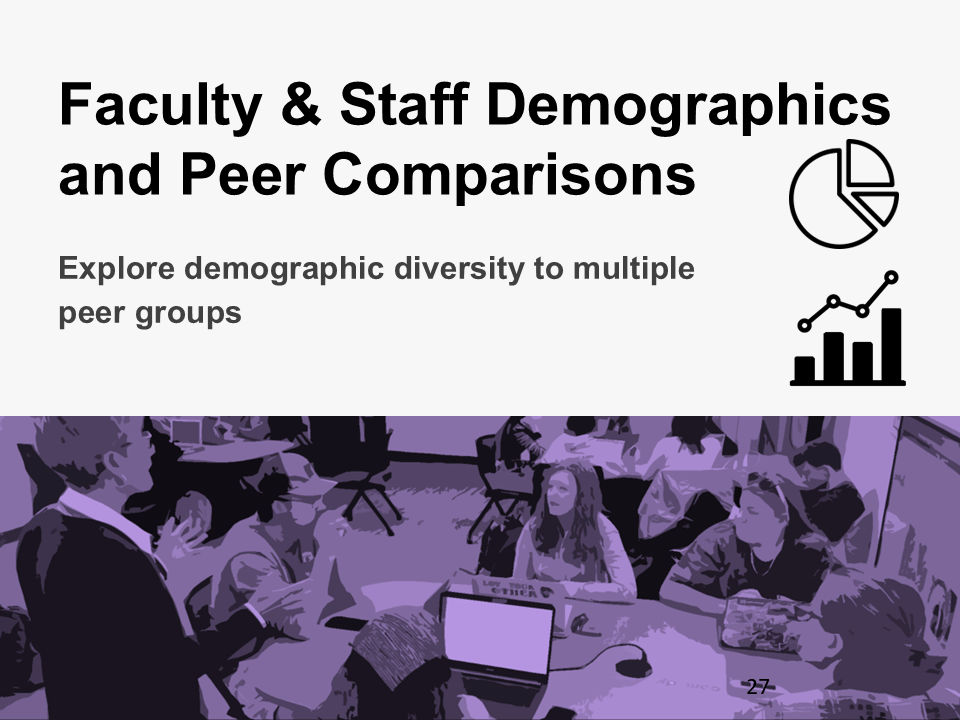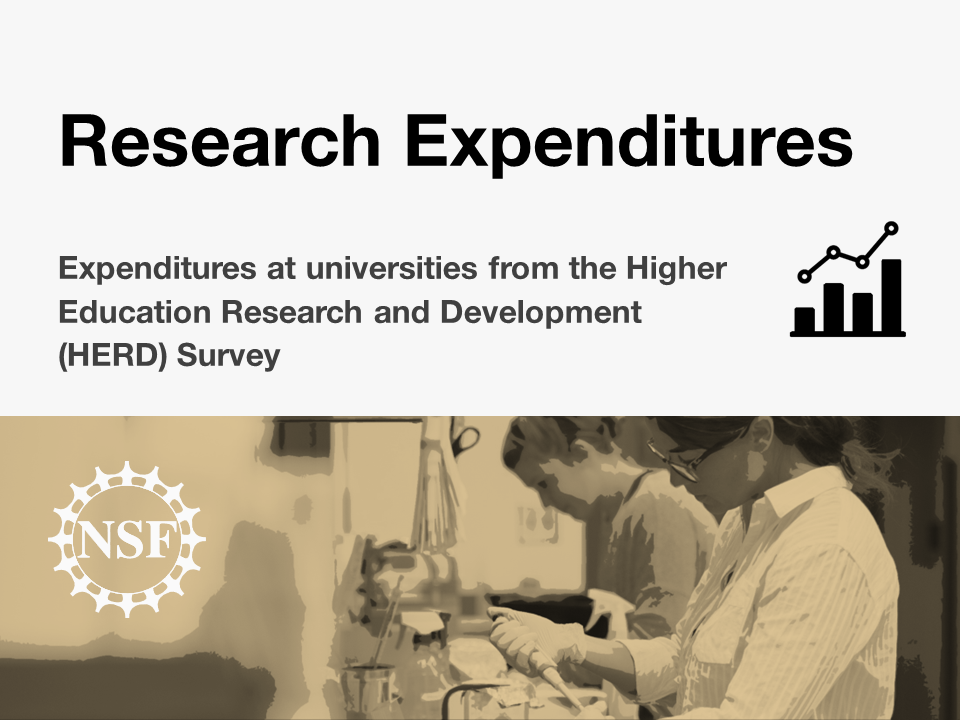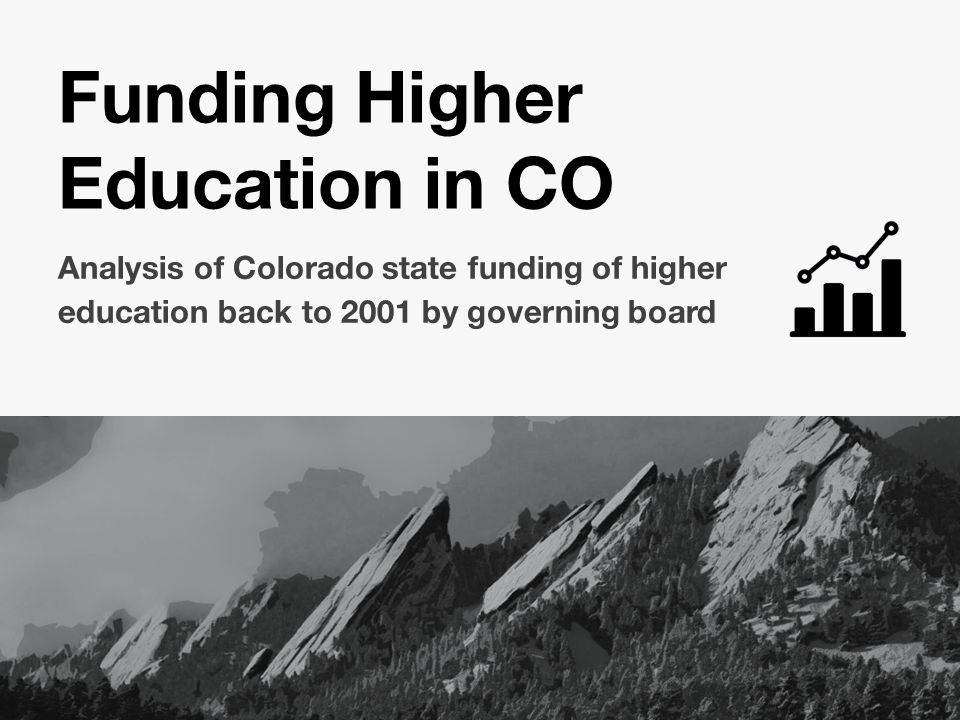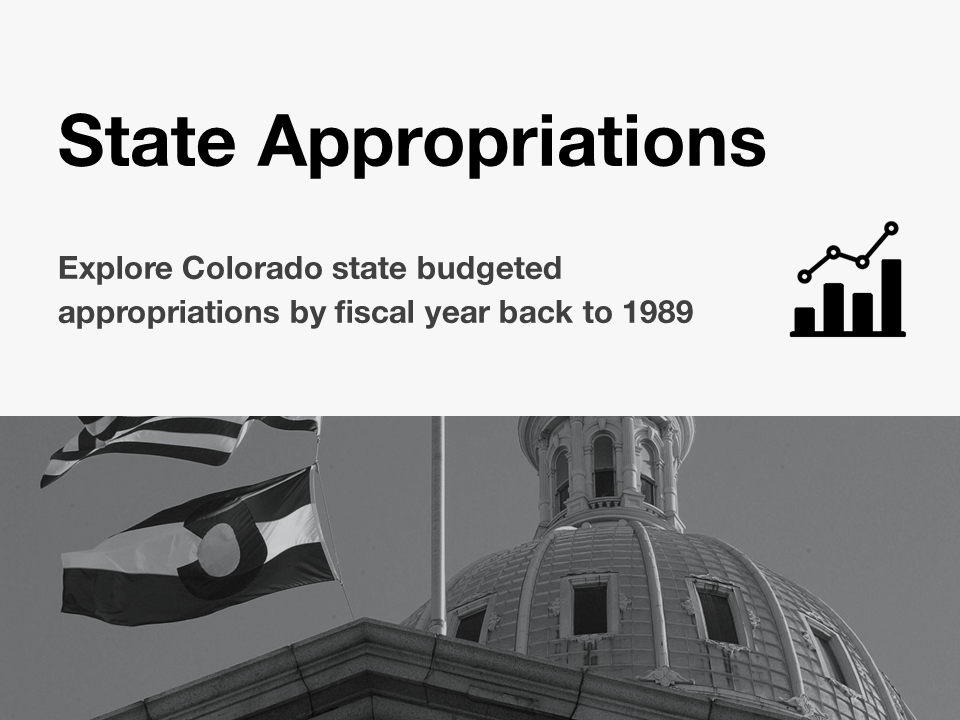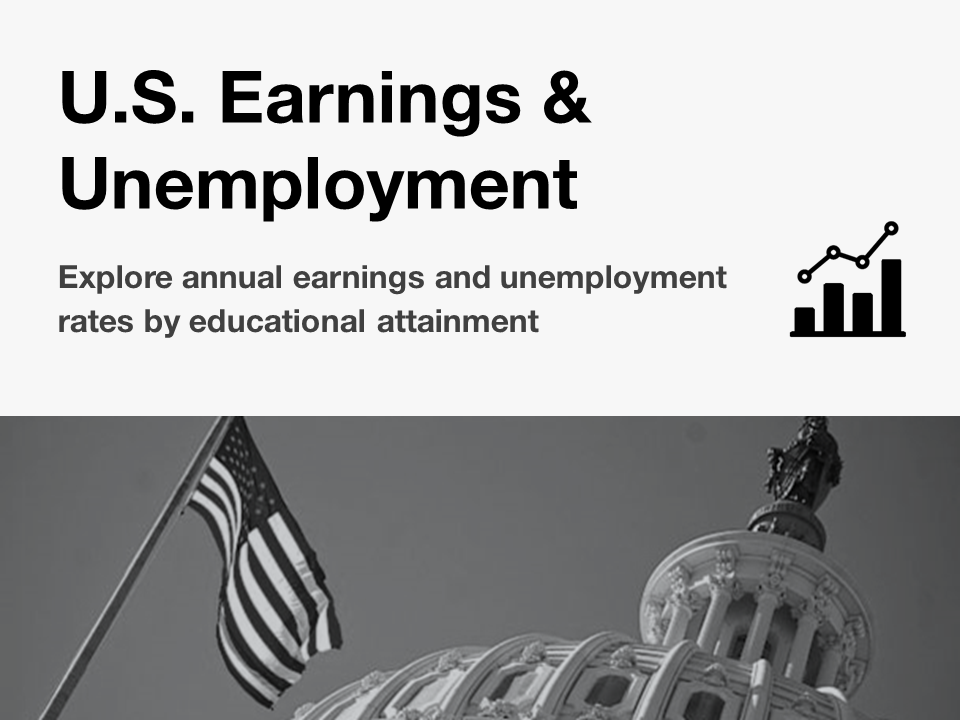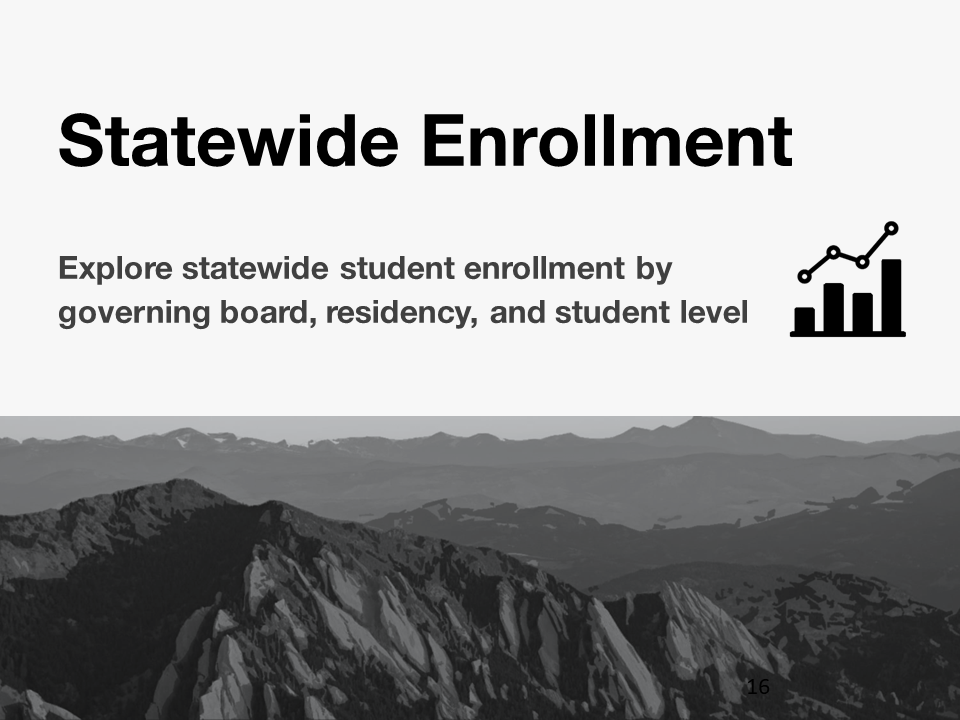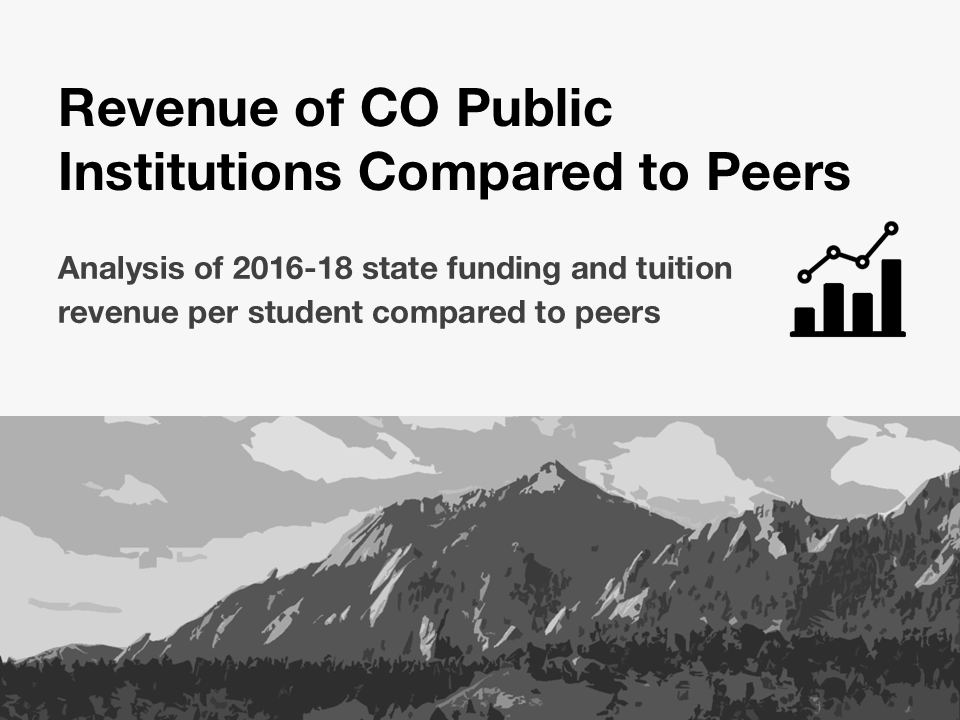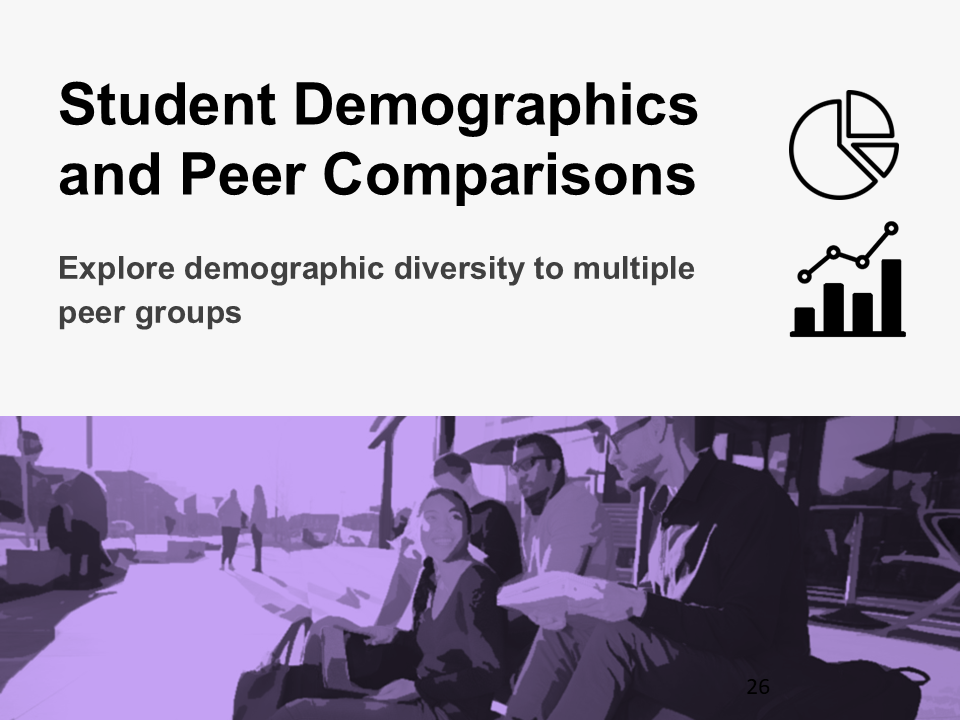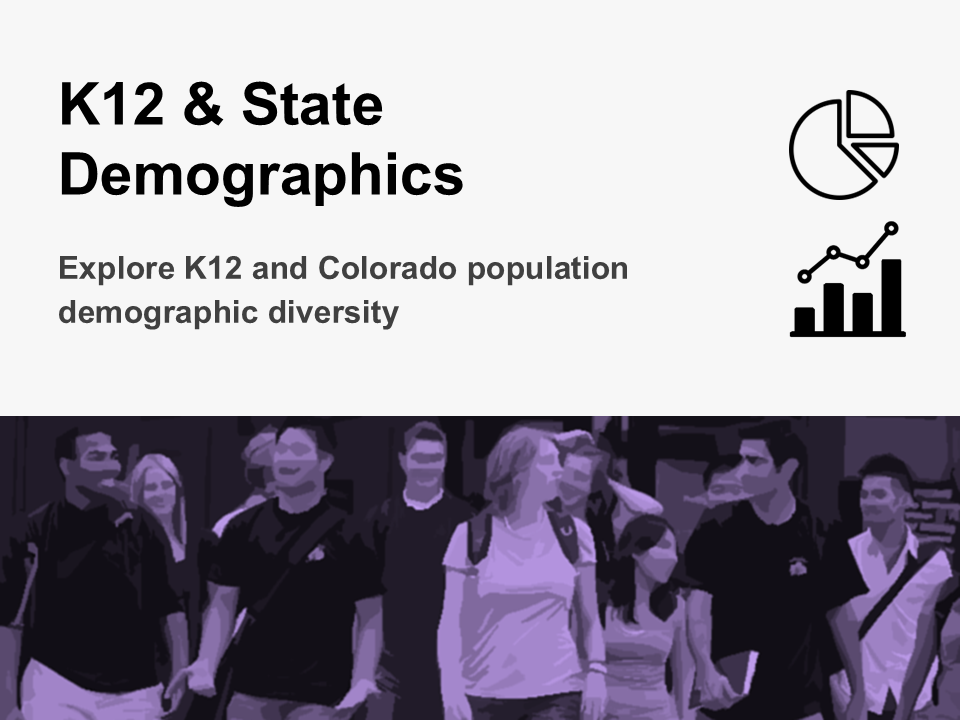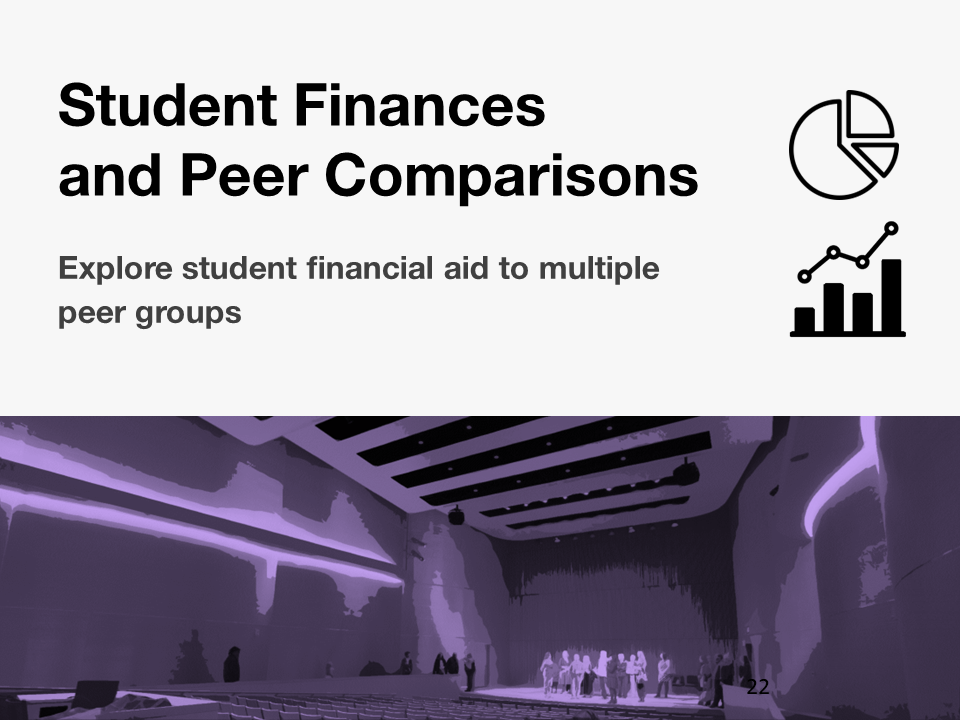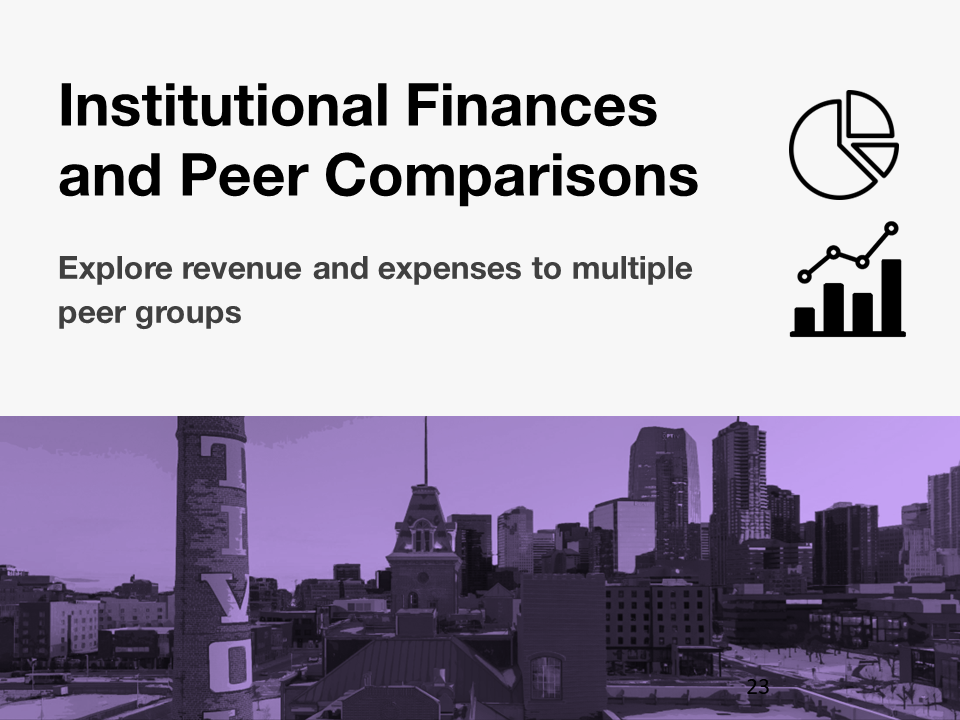This page is maintained by CU System Institutional Research. Should you have questions or comments, please email us at ir@cu.edu.
General Facts
|
This annual presentation includes charts illustrating trends in enrollment, student diversity, state support, research funding, and more. FY 2025 FY 2024 FY 2023 |
This material summarizes annual budgeted revenues and expenses, financial aid, tuition & fee rates, and budgeted enrollment. FY 2025 FY 2024 FY 2023 |
The Strategic Metrics provide supporting data for the 2021-2026 strategic plan, including progress toward goals. |
|
|
||
|
Analysis on the economic impact of the University of Colorado System on the state of Colorado by the Business Research Division in the Leeds School of Business. Summary: FY 2025 Prior Reports: FY 2024 FY 2023 FY 2022 |
The CU System is committed to creating an inclusive environment where all members of our community feel respected, supported, and valued. The CWC Survey is one tool to evaluate our progress. |
|
Answer Book
A fact book with information on CU history, governance, campus roles and missions, students, faculty and staff, research activity, cost of attendance, and finances.
| Archived Versions: |
Students
Faculty & Staff
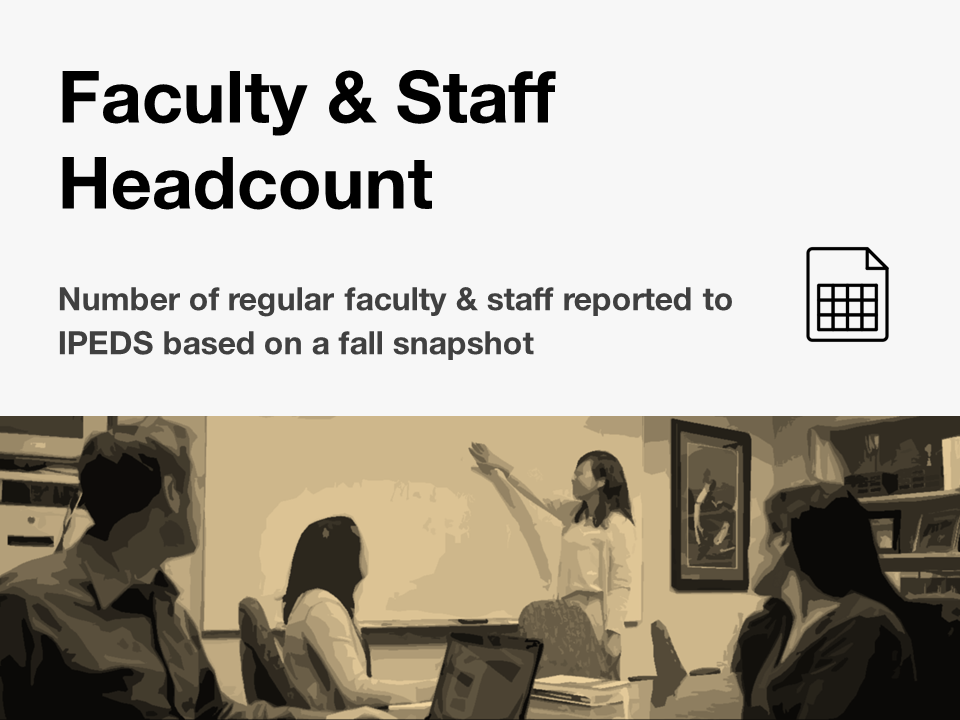 |
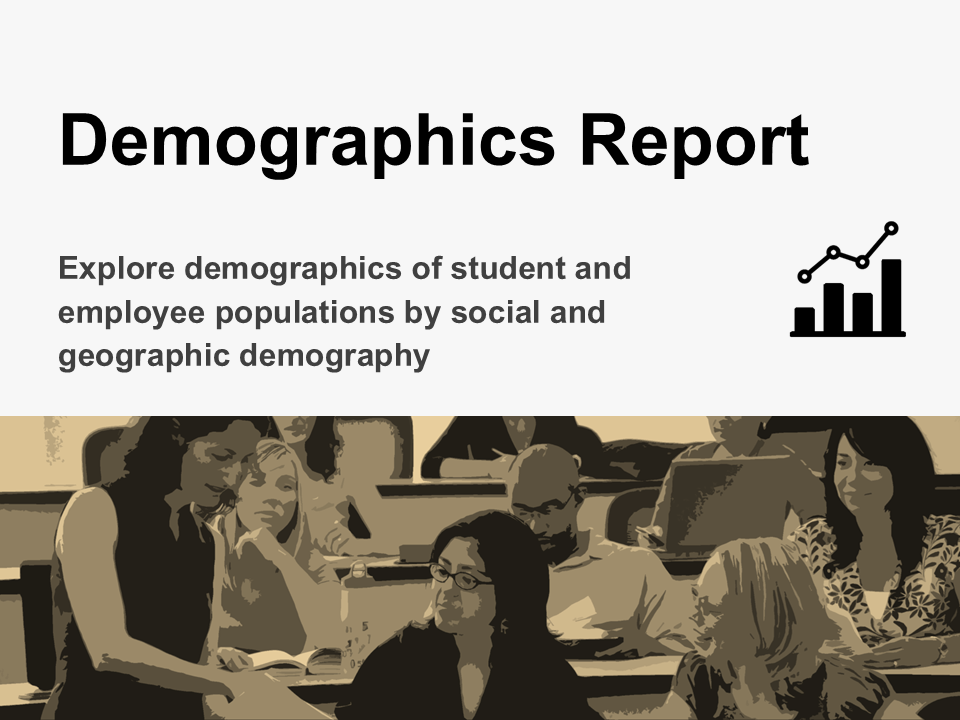 |
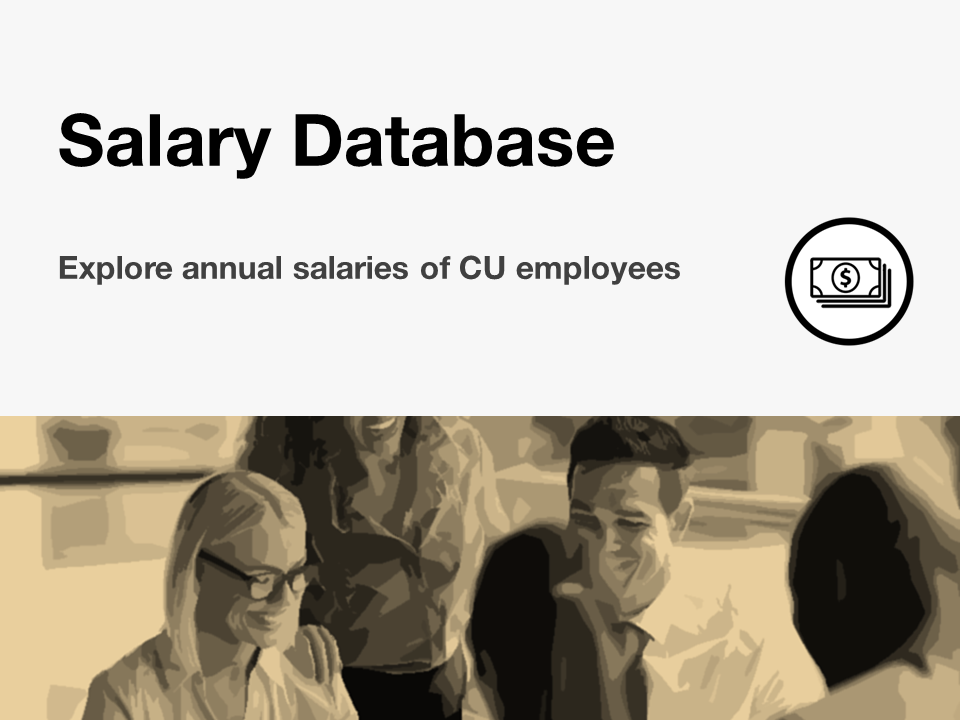 |
|
|
|
Faculty and Staff Headcount
A count of full-time and part-time faculty and staff employed by each CU campus and system administration. Data are consistent with those reported to the Integrated Postsecondary Education Data System (IPEDS), U.S. Department of Education, National Center for Education Statistics. Data do not include student or other temporary employees. This data is updated every year during the spring term.
Faculty and Staff Salaries
Database of CU employee salaries is updated annually. The information does not include temporary workers, student employees or part-time retirees and reflects a single point in time during the fall term. The total number of rows should not be interpreted as an employee count. An employee with multiple appointments will be included for each appointment and is uniquely identified by ID.
The database can be filtered by campus and school/college and sorted by ID, department, job family, job title, campus and salary level.
Go to online database or view pdf.
Budget, Finance & Capital Assets
| CU Budget Facts | Video: How Does CU's Budget Work | Video: Cost Drivers at CU |
Annual Budget
- CU's budget is approved by the Board of Regents each spring. Annual budgeted revenues and expenditures are presented for each CU campus. This data is updated every year during the summer.
Budget Data Book
- The Budget Data Book is submitted annually to the Colorado Department of Higher Education. It outlines appropriated revenues and expenditures of the CU campuses. This data is updated every year during the fall term.
Sustainability Report
CU has a longstanding commitment to fostering sustainability systemwide as well as leading the state in such efforts. More than a decade ago, the CU Board of Regents passed a Sustainability Resolution directing the university president and chancellors to incorporate Leadership in Energy and Environmental Design (LEED) standards in construction projects wherever possible; develop comprehensive plans to reduce greenhouse gas emissions; and incorporate the mandates of the Governor’s Climate Action Plan into each campus’ efforts to attain climate neutrality. Go to cu.edu/2021-sustainability.
Capital Assets
For data on age of campus buildings and buildings with maintenance backlogs, view the Annual Indicators presentation on this page (under General Facts). For additional information on Capital Construction and Controlled Maintenance, visit the Capital Construction & Planning web page.
Cost of Attendance & Student Financial Aid
| Web: Affordability & Student Financial Aid | Video: Student Financial Aid | Data Viz: Student Financial Aid |
Cost of Attendance
Total cost of attendance includes tuition and fees, housing, books, transportation and other expenses. Tuition and fee rates are approved by the Board of Regents each spring. The following tables present the full-time cost of attendance at each CU campus by degree level, residency and school or college. This data is updated every year during the summer.
Financial Assistance
Provides data on financial assistance awarded to CU students by campus and type of assistance (e.g. federal aid, state aid, institutional aid, scholarships, federal loans). This data is updated every year during the fall term.
Affordability & Student Financial Aid
Even in times of uncertainty, a college education continues to be an investment worth making. On average, people with bachelor’s degrees earn $1.5 million dollars more over their working lives, experience lower unemployment and are healthier than those who do not graduate from college. Visit the following web page that outlines CU’s commitment to affordability, including how we keep tuition in check, continue to fund student aid, reduce out-of-pocket costs, and other factors that affect your investment in your future.
Go to cu.edu/affordability
Sponsored Research
Colorado, National & Peer Comparisons
About Institutional Research
About Institutional Research
Vision: Serve as a trusted information resource for the university and Colorado
Mission: Deliver accurate and timely information in collaboration with institutional research offices to support data-informed decision making and leverage data as an institutional asset.
About Us: The CU System Office of Institutional Research (IR) is responsible for providing data, research, and information to support CU System planning and decision-making. IR prepares materials, reports, and data tools for CU leadership, employees, and the general public. IR works in close collaboration with the institutional research offices on the CU campuses and other offices at the campus and system office.
Contact Us: Should you have questions or comments, please email us at ir@cu.edu.
